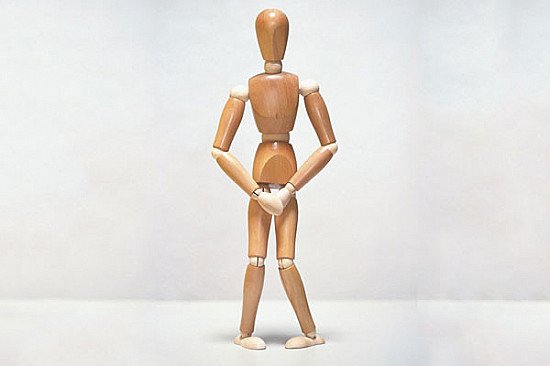A weak urine stream is a common symptom that can affect men and women, although it is more prevalent in older men. This condition, also known as weak urinary flow or urinary hesitancy, can be both uncomfortable and concerning. Understanding the symptoms, causes, and available treatments can help in addressing the issue effectively.
Symptoms of a Weak Urine Stream
The primary symptom is a noticeable reduction in the force or flow of urine. However, this can often be accompanied by other symptoms, including:
- Difficulty Starting Urination: You may feel the need to urinate but struggle to begin the flow of urine.
- Intermittent Flow: The stream may start and stop multiple times during a single urination.
- Straining: You might need to push or strain to initiate or maintain the flow of urine.
- Prolonged Urination Time: It may take longer than usual to empty your bladder.
- Incomplete Bladder Emptying: After urination, you may feel like your bladder is not completely empty.
- Dribbling: There could be a continuous drip of urine even after you’ve finished urinating.
- Frequent Urination: Due to incomplete emptying of the bladder, you may find yourself needing to urinate more often.
- Nocturia: A weak urine stream can also cause nocturia, a condition where you need to wake up multiple times at night to urinate.
Common Causes of a Weak Urine Stream
Several factors can contribute to a weak urine stream. These include:
- Benign Prostatic Hyperplasia (BPH): In men, an enlarged prostate gland is the most common cause. As the prostate enlarges, it can compress the urethra, restricting urine flow.
- Urinary Tract Infections (UTIs): Infections in the bladder or urethra can cause inflammation, leading to difficulty in urination.
- Bladder Stones: Hard deposits in the bladder can obstruct the flow of urine, leading to a weak stream.
- Urethral Stricture: This condition involves the narrowing of the urethra, which can restrict urine flow.
- Neurological Conditions: Disorders affecting the nervous system, such as Parkinson’s disease, multiple sclerosis, or spinal cord injuries, can disrupt the signals between the bladder and the brain, leading to a weak urine stream.
- Medications: Certain medications, particularly those used to treat allergies, colds, or high blood pressure, can cause urinary retention or a weak stream as a side effect.
- Prostate Cancer: In some cases, a weak urine stream can be an early sign of prostate cancer, particularly if accompanied by other symptoms like blood in the urine or unexplained weight loss.
- Pelvic Floor Dysfunction: Weakness or dysfunction of the pelvic floor muscles can affect bladder control and lead to a weak urine stream.
When to See a Doctor
While a weak urine stream is not always a cause for immediate concern, it’s important to seek medical advice if the symptom persists, worsens, or is accompanied by:
- Pain or burning during urination
- Blood in the urine
- Inability to urinate
- Sudden and severe pain in the lower abdomen
- Frequent nighttime urination disrupting sleep
Treatment Options for a Weak Urine Stream
Treatment depends on the underlying cause of the weak urine stream. Some common approaches include:
- Medications: For BPH, alpha-blockers and 5-alpha-reductase inhibitors are commonly prescribed to relax the prostate muscles or shrink the prostate, improving urine flow. Antibiotics may be prescribed if a UTI is the cause.
- Lifestyle Changes: Drinking plenty of fluids, avoiding caffeine and alcohol, and practicing pelvic floor exercises can help improve bladder function.
- Surgery: In severe cases of BPH or urethral stricture, surgical interventions may be necessary to remove blockages or widen the urethra.
- Bladder Training: For those with overactive bladder or neurological conditions, bladder training exercises can help improve control over urination.
- Use of Catheters: In cases where urinary retention is severe, a catheter may be temporarily or permanently required to help empty the bladder.
Conclusion
A weak urine stream is a symptom that should not be ignored, especially if it disrupts your daily life or is accompanied by other concerning symptoms. Early diagnosis and treatment can prevent potential complications and improve quality of life. If you’re experiencing a weak urine stream, consult with a healthcare professional to determine the underlying cause and appropriate treatment.

